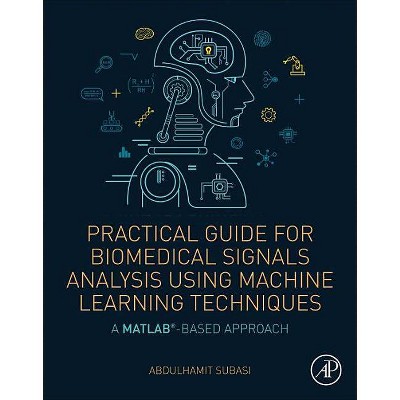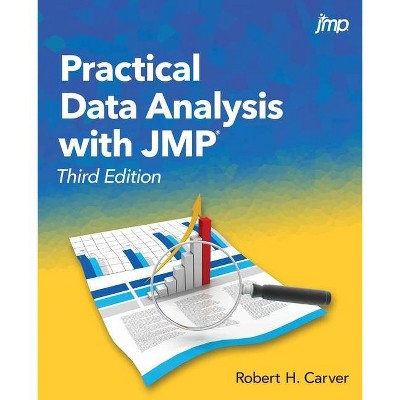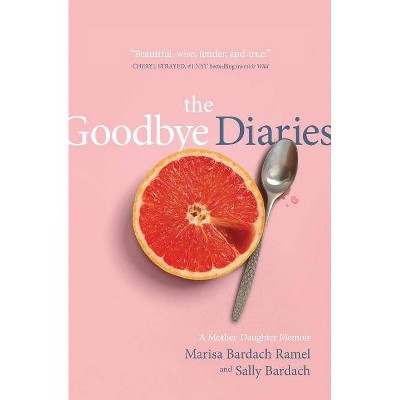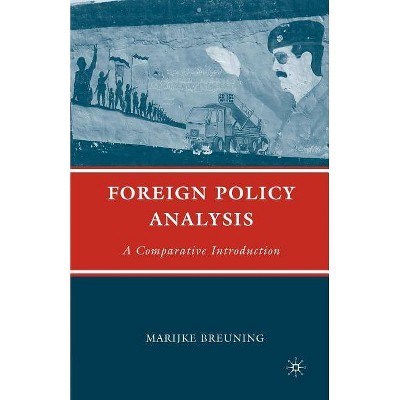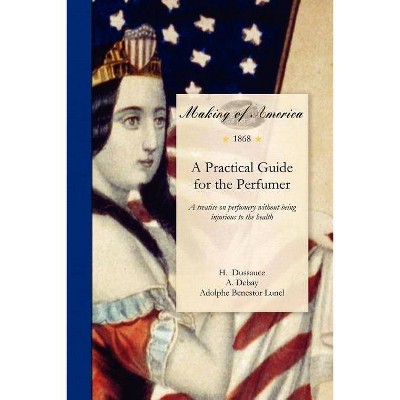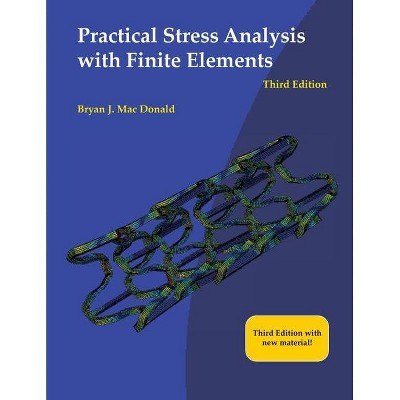A Practical Guide for Policy Analysis - 6th Edition by Eugene S Bardach & Eric M Patashnik (Paperback)
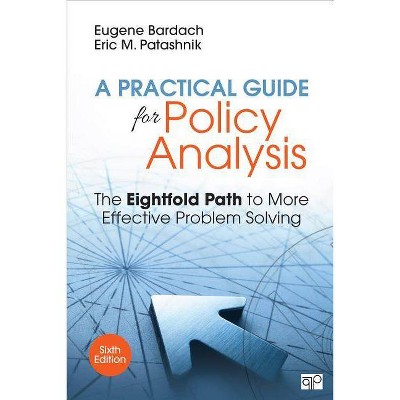
Similar Products
Products of same category from the store
AllProduct info
<p/><br></br><p><b> About the Book </b></p></br></br>Drawing on more than 40 years of experience with policy analysis, best-selling authors Eugene Bardach and Eric M. Patashnik use real-world examples to teach you how to be effective, accurate, and persuasive policy analysts. The <strong>Sixth Edition </strong>of <strong>A Practical Guide for Policy Analysis </strong>presents dozens of concrete tips, new case studies, and step-by-step strategies for the budding analyst as well as the seasoned professional.<p/><br></br><p><b> Book Synopsis </b></p></br></br>Drawing on more than 40 years of experience with policy analysis, best-selling authors Eugene Bardach and Eric M. Patashnik use real-world examples to teach you how to be effective, accurate, and persuasive policy analysts. The <strong>Sixth Edition </strong>of <strong>A Practical Guide for Policy Analysis </strong>presents dozens of concrete tips, new case studies, and step-by-step strategies for the budding analyst as well as the seasoned professional.<p/><br></br><p><b> Review Quotes </b></p></br></br><br><em>A Practical Guide for Policy Analysis</em> still remains the most accessible and practical guide for those learning the craft of public policy analysis. It offers a clear road map to conduct effective policy analysis, and provides a terrific list of useful resources and helpful hints to do so. The newer substantive chapters in the book on design problems, gathering political support, and asking the right questions make clear that the authors believe, justifiably, that policy analysis is not a linear craft and that policy adoption is not strictly technical. The additional chapter on understanding the role of big data in policy analysis is terrific and exposes readers to an important question in policy analysis of what is evidence. The Guide should be required reading for all students in public affairs type undergraduate- and graduate-level programs.--Michael Stoll<br><br><p><em>A Practical Guide for Policy Analysis</em> is the essential text to introduce health policy students to the practice of policy analysis. The authors offer a persuasive argument for why defining the problem is the fundamental yet challenging first step of policy analysis; this lesson is critical for health policy, where issue rhetoric abounds. The book offers a step-by-step methodology that appeals to students' need for structure, while reminding readers that the process of policy analysis--and politics--is inherently complex and non-linear. Students who master the book's core lessons will learn to embrace an iterative mode of thinking and a storytelling mode of writing, skills that will serve policy professionals and policy researchers well throughout their careers.</p> <br/>--Sarah Gollust<br><br><p>I was introduced to Bardach's book when I was a graduate student and have begun using it in my courses for the past twenty years. The content and style is very accessible and informative for students who want to learn about practical skills that will help them in the workplace. </p> <br/>--Kimberly Speers<br><br><p>This book remains the gold standard for introducing students to key issues in policy analysis. I have used it many times in teaching Policy Analysis courses for both students and practicing policy analysts. The new edition adds a lot of helpful new material (e.g., discussions of Big Data) that will be helpful to students struggling to think systematically about how to assess policy alternatives. Other books cover economic and technical analytical skills that are essential to policy analysis, but no other source covers the process of policy analysis with the depth, insight and wisdom of Bardach and Patashnik.</p>--R. Kent Weaver, Distinguished Professor of Public Policy<br><br>?From my undergraduate Introduction to Public Policy course through MPP client-based policy analysis courses, A Practical Guide for Policy Analysis has been essential reading. The book sets students on an eight-fold path from succinctly defining policy problems through advocating on behalf of a well-reasoned proposal. It provides structured thinking for students new to public policy and hands-on advice for those about to become policy professionals - all in tight, well-written, accessible, and interesting prose. It is a pleasure to see the growth in students that this text helps ensure and to hear from our alumni who refer back to it so regularly.--Craig Volden, Professor of Public Policy and Politics and Associate Dean for Academic Affairs<br><br>Bardach and Patashnik provide a strong analytical framework to guide the novice student in exploring policy options. The text is substantive yet approachable, providing a bridge between theory and practice that is meaningful for both undergraduate and graduate students of public policy.--Kimberly Ratcliff<br><br>Bardach and Patashnik's A Practical Guide for Policy Analysis has become a genuine classic of policy analysis because it offers a versatile framework for confronting policy issues of all types--from persistent, long-standing problems to new, emergent challenges. Like every classic work, it contains different layers of insight for different readers. Junior analysts can use the eight basic elements as a primer. Intermediate analysts can add the design principles. Experienced analysts can deepen their practice by applying the eightfold path to increasingly complex problems. I wouldn't think of teaching policy analysis at any level without this elegant guide to our craft.--Karen Baehler<br><br>Professors Bardach and Patashnik′s Eightfold Path provides a wise and engaging how-to guide that meets the central challenge of policy analysis: combining scientific evidence and social goals to craft practical, real-world solutions.--Thomas S. Dee<br>
Price History
Cheapest price in the interval: 45 on October 27, 2021
Most expensive price in the interval: 45 on November 6, 2021
Price Archive shows prices from various stores, lets you see history and find the cheapest. There is no actual sale on the website. For all support, inquiry and suggestion messagescommunication@pricearchive.us
